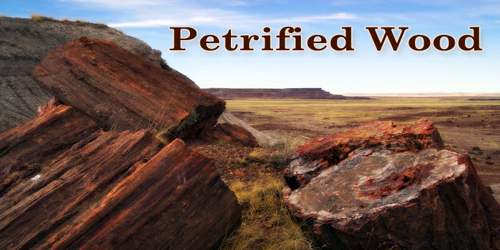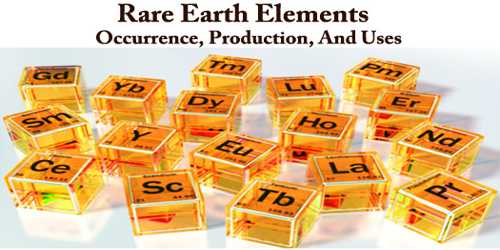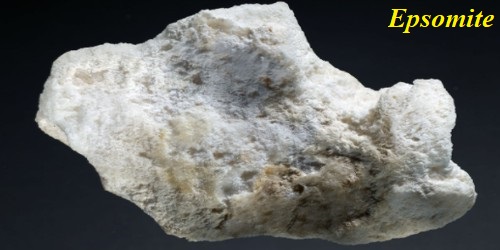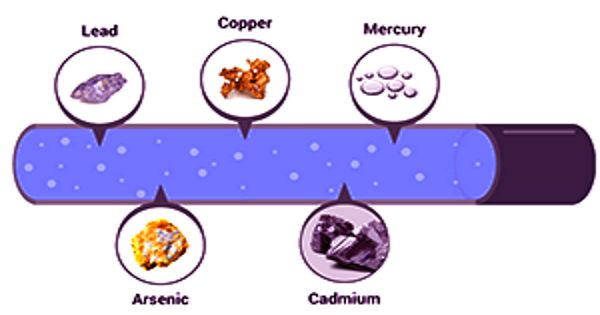Ashburtonite is a rare lead copper silicate-bicarbonate mineral with formula: HPb4Cu2+4Si4O12 (HCO3)4(OH)4Cl. It contains tetragonal-dipyramidal blue mineral containing carbon, chlorine, copper, hydrogen, lead, oxygen, and silicon. It is not radioactive. It occurs at the type locality at a weathered shear zone that cuts through shale and greywacke, and forms as an alteration product of Galena and likely chalcopyrite.
Ashburtonite was first described in 1991 for an occurrence in the Anticline prospects 11 km (6.8 mi) southwest of Ashburton Downs in the Capricorn Range of Western Australia. It has also been reported from the Tonopah–Belmont Mine in the Big Horn Mountains of Maricopa County, Arizona.
General Information
- Category: Cyclosilicates
- Formula: HPb4Cu2+4Si4O12 (HCO3)4(OH)4Cl
- Crystal system: Tetragonal
- Crystal class: Dipyramidal (4/m).
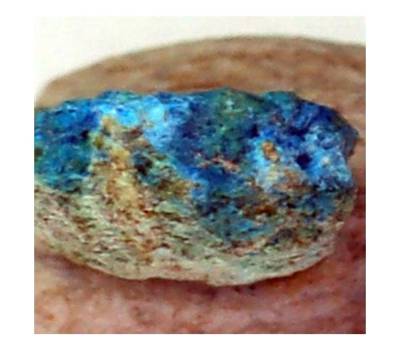
Properties
- Color: Blue
- Crystal habit: Prismatic, needle-like in clusters
- Cleavage: None
- Fracture: Conchoidal
- Tenacity: Brittle
- Luster: Vitreous to adamantine
- Streak: light blue
- Diaphaneity: Transparent
- Specific gravity: Greater than 4.07, calculated 4.69
Geological occurrence
Ashburtonite was first described as a secondary mineral in a shear zone in a series of shales and graywackes. It is an alteration product of galena and chalcopyrite. The secondary minerals within the shear consist of carbonates, arsenates, and sulfate of lead and copper, and to a much lesser extent of zinc and iron. Ashburtonite is associated with beudantite, brochantite, caledonite, cerussite, diaboleite, duftite, malachite, plattnerite, adamite, antlerite, bayldonite, bindheimite, carminite, chenevixite, chlorargyrite, chrysocolla, cinnabar, hemimorphite, hydrozincite, jarosite, lavendulan, linarite, mimetite, olivenite, paratacamite, and rosasite.
Information Source;

